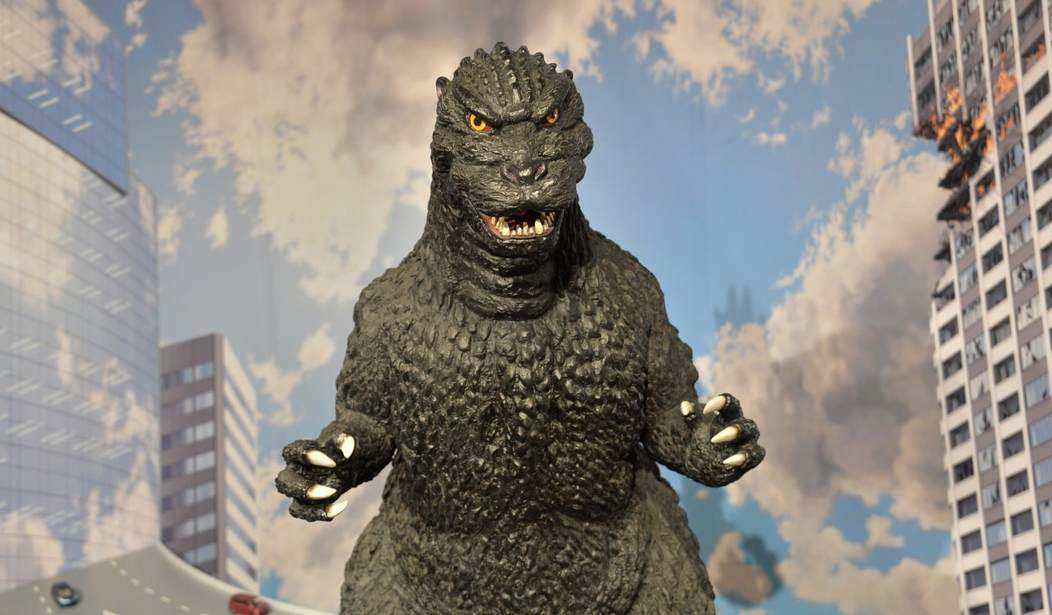It’s happening again. Here are some exciting radiation headlines from the Web:
Deadly radioactive particles are found across Europe, and scientists have no idea where they came from — Daily Mail
Concerns Grow About A Nuclear “Incident” In Europe After Spike In Radioactive Iodine Levels — ZeroHedge
U.S. Air Force deploys WC-135 nuclear sniffer aircraft to UK as spike of radioactive Iodine levels is detected in Europe — The Aviationist
FROM RUSSIA WITH LOVE? Dangerous radioactive particles have been detected across Europe and no-one knows where they came from
Scientists baffled after detecting cancer-causing chemical that’s produced during nuclear disasters or atomic bomb blasts — The Sun (UK)
Like the recent Fukushima follies, again we have a combination of clickbait headlines and pig ignorance about radiation, and like the last one, I’m willing to bet we’ll be seeing stories about how everyone is DOOMED. So once again, let’s look at the facts first.
(If you need a refresher, see my “Understanding Radiation” piece.)
The isotope Iodine-131 (131I) was detected in the air in several locations in Europe. Now, this is intrinsically interesting: 131I is one of the isotopes that is a fission product when fissionable uranium fissions. So detecting 131I is a sign that someone may have set off a fission bomb or had a reactor accident. As a result, a lot of money and research has gone into being able to detect 131I at very low concentrations.
Of course, we have other ways of detecting bombs or reactor accidents and none of them detected anything unusual. So, let’s look for details:
In France, particulate 131I reached 0.31 µBq/m3 and thus the total (gaseous + particulate fractions) can be estimated at about 1.5 µBq/m3. These levels raise no health concerns.
Let’s translate this. The important part, as always, is in the numbers. A Bequerel, abbreviated Bq, is a measure of how much radioactive material there is. 1 Bq means that one atom is decaying every second. The Greek letter mu, µ, also sometimes called a micron, indicates one one-millionth. Of course the m3 indicates a cubic meter, a cube 1 meter on a side, or about 36 cubic feet, 264 gallons.
So the total 131I they were detecting was about 1.5 µBq/m3.
Except — well, you can’t have 1.5 millionths of a Bq. A atom can’t decay only part-way, either it does or it doesn’t. So you have to multiply the whole thing by 2 million, giving us 3 Bq per 2 million cubic meters.
And how big is that? Well, this gave me an excuse to use some images of my favorite aircraft ever, LuftSchiff LZ#129, the Graf von Zeppelin. It turns out that the Zeppelin had a gas volume of 200,000 m3. So, how much 131I is there?

Enough so that in ten Zeppelins, there would be three atoms decaying a second.
Looking at it another way, we have often talked about the “banana equivalent dose,” or BED. Now we’re not talking about a dose at this point, but rather the amount of radioactive material, the amount of radioactivity. The banana equivalent amount of radioactivity expressed in Bq turns out to be 15 Bq.
So, in one banana, there is five times as much radioactivity as there would be from the 131I in enough air to fill ten Zeppelins.

(Pictured: DOOM)
In other words, it’s nothing to get excited about unless you also store your bananas in a lead box. But there’s still a puzzle: where did the 131I come from?
The answer so far is that no one is quite sure. Not Fukushima — 131I only has an eight day half-life, and the 131I at Fukushima has effectively all decayed now. Plus, this is roughly 1/1000 the amount that was detected from the Fukushima accident.
But there are other sources of 131I. It’s actually an important medical isotope, used for treatment mainly of thyroid disease — thyroid cancer or Grave’s disease. When it’s used, the patient basically eliminates it through urine, and yes, the urine has to be treated as low-level radioactive waste, but inevitably a little bit escapes, especially places where maybe they aren’t quite as careful as in the United States. So then it gets into the atmosphere.
You can find a full discussion here — but the long and short of it is that this is probably medical radio-iodine escaping from some sewage plant somewhere.
The most interesting part is probably that our detection systems are now so sensitive that a little bit of escaped radioactive pee was enough to set off warnings over seven countries.
Take that, needle in a haystack.








Join the conversation as a VIP Member